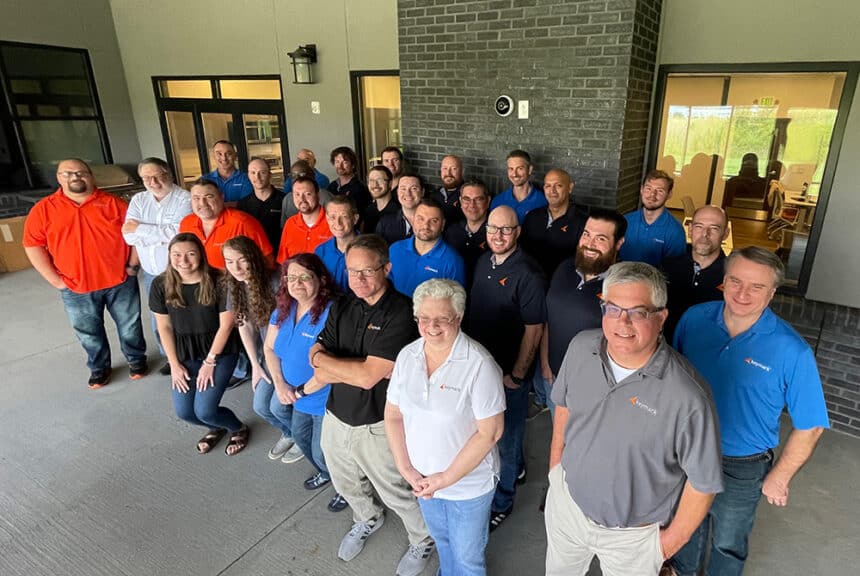The answer lies within what you are expecting from the system. It depends on how you choose to define your needs and document management solution.
I promise you two things as you read this article:
- No technical jargon that will leave you scratching your head wondering why on earth you just wasted five minutes of your life.
- No biased opinion –this comes from a long history of hearing what executives need from their document management system.
At the core, a document management system is designed to automate a business process. In its simplest form, this involves capturing paper documents so an end user can retrieve the image from their computer. In practice, executives and end users have a laundry list of needs to be met in order to consider a solution successful.
The list always includes:
- Integration with legacy application (the main system the operator works from every business day)
- Reports – an audit trail showing who, what and where
- Who has reviewed the documents?
- What changes were made to the documents after they entered the repository?
- What documents are stored in the system?
- Where are the documents stored?
- And finally, the piece de resistance – Return on Investment (ROI)
It’s funny that when you simplify your list of needs the answers become clear.
- Integration: Many people not familiar with the document management space think SharePoint’s integration with other Microsoft products is the easy way to meet this requirement. The reality is, for companies of any size, this solution doesn’t work. The only complete solution is for SharePoint to integrate with other legacy systems such as accounting, HR or health information systems. Consequently, in most cases, SharePoint can solve the problem but not without customization.
- A great end user experience – Instead of being frustrated with a tool that misses what the end users need to maximize productivity, they will benefit from out-of-the-box integration with their core legacy application. The document management system will be a productivity enhancer they will rely on each and every day.
- Executive reports – Data will be available to the executives directly from their desktops. SharePoint portlets (windows into the Meta Data) will be on their screens tracking pertinent data that will help the company increase productivity and profitability.
- ROI < 18 months – The added-on functionality provided through the hybrid approach will give the company an ROI of less than 18 months.
- Accessible information – There is nothing more frustrating than trying to locate a lost document. By using a hybrid approach, the system’s accuracy will benefit from tools that are designed to capture and store structured data in a manner that prevents loss of documents.
The final answer may not be exactly what you wanted to read, but when you understand the high-level risks associated with implementing just SharePoint, the answer is clear.
Take the Next Step
We can help you decide pretty quickly whether this would be a good fit for your organization. With 20+ years of experience in automation, we just need about 5 minutes of Q&A.



